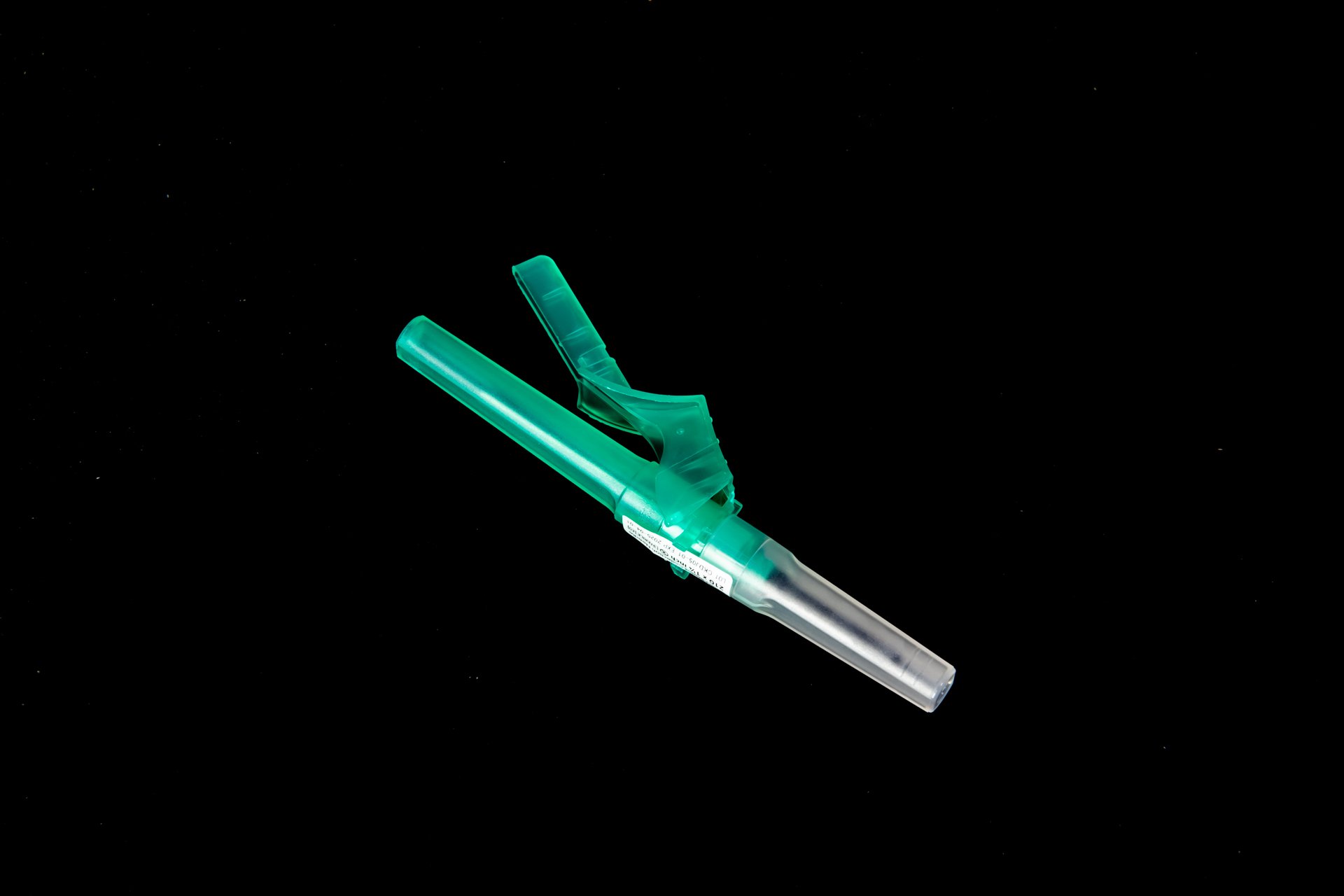Safe Blood Collection From Infants
Collecting blood from infants can be a challenging task for healthcare professionals. Infants are fragile and their veins are tiny, making the process more complicated than collecting blood from adults. However, with proper techniques and precautions, blood collection from infants can be done safely and effectively. In this article, we will discuss the importance of safe blood collection from infants and provide tips for healthcare professionals to ensure a successful procedure.
The Importance of Safe Blood Collection
Collecting blood from infants is a crucial aspect of healthcare, as it allows healthcare professionals to perform tests that can diagnose various conditions and diseases. Some of the reasons why blood collection from infants is important include:
Early detection of diseases
Monitoring of health conditions
Guiding treatment plans
It is essential to collect blood samples from infants in a safe and efficient manner to ensure accurate test results and prevent potential complications.
Tips for Safe Blood Collection from Infants
1. Prepare the Environment
Before starting the blood collection procedure, it is important to prepare the environment to ensure the safety and comfort of the infant. Some tips for preparing the environment include:
Ensure proper lighting in the room
Keep all necessary equipment within reach
Create a calm and soothing atmosphere
By preparing the environment, healthcare professionals can minimize stress and discomfort for the infant during the blood collection process.
2. Use Proper Equipment
Using the right equipment is crucial for safe blood collection from infants. Some essential equipment for blood collection includes:
Gloves
Alcohol swabs
Lancets
Bandages
It is important to ensure that all equipment is sterile and in good condition to prevent infections and other complications.
3. Choose the Right Site for Blood Collection
When collecting blood from infants, healthcare professionals should choose the right site for blood collection to ensure a successful procedure. Some common sites for blood collection in infants include:
Heel stick
Vein puncture
Capillary sampling
Each site has its advantages and disadvantages, so healthcare professionals should choose the site that is most appropriate for the infant and the type of test being performed.
4. Practice Proper Technique
Proper technique is essential for safe blood collection from infants. Some tips for practicing proper technique include:
Follow strict hygiene practices
Use a gentle touch
Secure the site properly
By following proper technique, healthcare professionals can ensure a successful blood collection procedure and minimize the risk of complications.
5. Comfort the Infant
Comforting the infant during the blood collection process is crucial for a successful procedure. Some ways to comfort the infant include:
Talking to the infant in a soothing voice
Using distraction techniques
Providing comfort items, such as pacifiers or toys
By providing comfort and reassurance, healthcare professionals can help reduce the infant's stress and make the blood collection process more comfortable for them.
Conclusion
Safe blood collection from infants is essential for diagnosing and managing various health conditions. By following proper techniques and precautions, healthcare professionals can ensure a successful blood collection procedure and minimize the risk of complications. By preparing the environment, using proper equipment, choosing the right site for blood collection, practicing proper technique, and comforting the infant, healthcare professionals can collect blood from infants safely and effectively.
For more information on safe blood collection from infants, please visit this article.
Disclaimer: The content provided on this blog is for informational purposes only, reflecting the personal opinions and insights of the author(s) on phlebotomy practices and healthcare. The information provided should not be used for diagnosing or treating a health problem or disease, and those seeking personal medical advice should consult with a licensed physician. Always seek the advice of your doctor or other qualified health provider regarding a medical condition. Never disregard professional medical advice or delay in seeking it because of something you have read on this website. If you think you may have a medical emergency, call 911 or go to the nearest emergency room immediately. No physician-patient relationship is created by this web site or its use. No contributors to this web site make any representations, express or implied, with respect to the information provided herein or to its use. While we strive to share accurate and up-to-date information, we cannot guarantee the completeness, reliability, or accuracy of the content. The blog may also include links to external websites and resources for the convenience of our readers. Please note that linking to other sites does not imply endorsement of their content, practices, or services by us. Readers should use their discretion and judgment while exploring any external links and resources mentioned on this blog.



